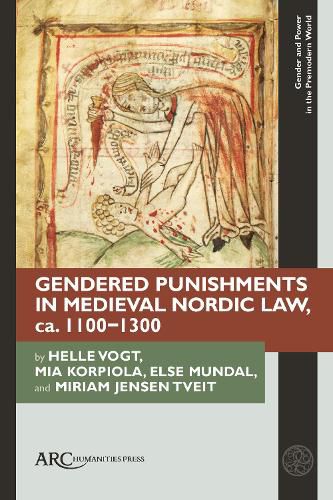Readings Newsletter
Become a Readings Member to make your shopping experience even easier.
Sign in or sign up for free!
You’re not far away from qualifying for FREE standard shipping within Australia
You’ve qualified for FREE standard shipping within Australia
The cart is loading…






This book examines gendered punishments in medieval Nordic laws, ca. 1100-1300. By exploring legislation on violence, sorcery, sexual morality, and theft, it considers whether women were seen as independent legal subjects or as extensions of their families. It identifies various gendered punishments and discriminatory treatments, revealing regional differences and the influence of European legal ideologies. It also uncovers an emphasis on individual culpability for crimes, reflecting a shift from collective to individual responsibility and women's increasing property rights. This comparative analysis offers a nuanced view of medieval Nordic law, highlighting the complex relationship between gender, law, and society during this transformative period. It explains how criminal law was influenced by canon law and German town law and offers new insights into the legal history of the Nordic region.
$9.00 standard shipping within Australia
FREE standard shipping within Australia for orders over $100.00
Express & International shipping calculated at checkout
This book examines gendered punishments in medieval Nordic laws, ca. 1100-1300. By exploring legislation on violence, sorcery, sexual morality, and theft, it considers whether women were seen as independent legal subjects or as extensions of their families. It identifies various gendered punishments and discriminatory treatments, revealing regional differences and the influence of European legal ideologies. It also uncovers an emphasis on individual culpability for crimes, reflecting a shift from collective to individual responsibility and women's increasing property rights. This comparative analysis offers a nuanced view of medieval Nordic law, highlighting the complex relationship between gender, law, and society during this transformative period. It explains how criminal law was influenced by canon law and German town law and offers new insights into the legal history of the Nordic region.